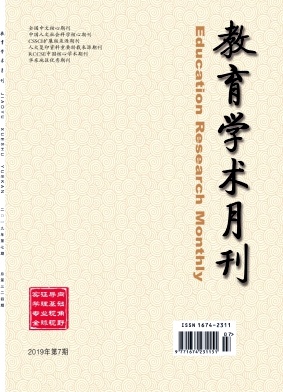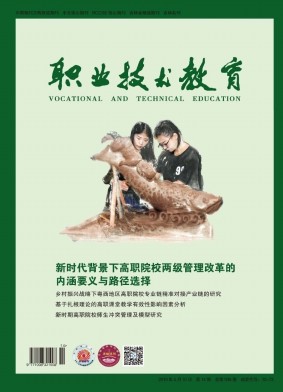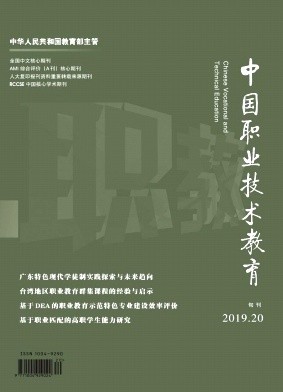摘要 通过构建单室微生物燃料电池(MFC)体系,考察了不同进水头孢他啶(CAZ)含量在1个换水周期内对于MFC产电及去除污染物能力的影响。结果表明,CAZ的加入会显著影响MFC的产电性能,最大功率密度从595.2mW/m2下降至201.3 mW/m2。在进水CAZ的质量浓度为0.2 mg/L时,微生物具有最强的生物活性,COD、CAZ和氨氮的去除率分别达到92.9%、87.3%及61.8%。阳极微生物相扫描电镜结果显示,投加抗生素后优势菌种从球状菌变成了短杆菌。通过液相色谱-质谱对CAZ可能的降解产物及途径进行了初步推导,初期分解为m/z=535与m/z=79的中间产物,并继续分解为m/z=275、m/z=263以及m/z=102等更小的物质,最终生成H2O及CO2等小分子。 A single-chamber microbial fuel cell(MFC) system was constructed to study the effect of ceftazidime(CAZ) content on electricity generation and pollutant removal performance within one water change cycle.The results showed that the addition of CAZ significantly affected the electricity generation performance of MFC,and the maximum power density decreased from 595.2 mW/m2 to 201.3 mW/m2.When the mass concentration of CAZ in the influent was 0.2 mg/L,the microorganism had the best biological activity,and the removal rates of COD,CAZ and ammonia nitrogen reached 92.9%,87.3% and 61.8%,respectively.SEM of the anode microbial phase showed that the dominant bacteria changed from Sphaerophorus to Brevibacterium after the addition of antibiotics.The possible degradation products and pathways of CAZ were preliminarily deduced by LC-MS,initially decomposed into intermediate products of m/z=535 and m/z=79,and continue to decomposed into smaller substances of m/z=275,m/z=263 and m/z=102,and finally generated H2O and CO2 and other small molecules.
机构地区 北京化工大学化学工程学院
出处 《水处理技术》 CAS CSCD 北大核心 2021年第4期40-44,共5页 Technology of Water Treatment
基金 国家自然科学基金项目(51278022)。




